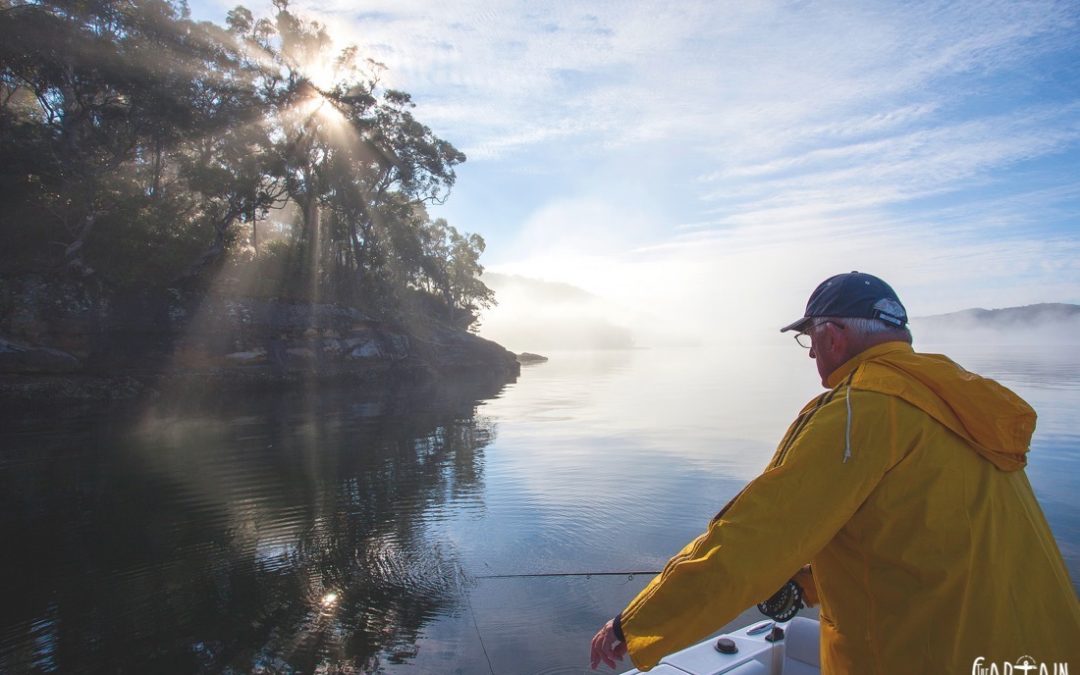When to slack off with Justin Duggan
Don’t believe everything you hear; sometimes there’s nothing wrong with being soft, limp or flaccid, other times you need to be tight as a clam. Knowing when to be slack will often prove crucial to scoring the fish. I watch a lot anglers and if I had one criticism it would be that too many people have no idea what’s happening at the hook end of their line. The amount of slack we have in the line, how we hold the rod, how fast we move the lure or fly and what weight we fish our baits are critical to what the fish see.
Whether it’s a lure, fly or bait, having a little slack in your line can be beneficial. Fishing a little slack when using circle hooks is crucial, similarly a dry fly on a trout stream needs slack to stay on the surface. At other times any slack in the line can see bites missed when fish sense trouble before we set the steel into them.
Here’s a good example of when to have slack in your line. Fishing for flathead with soft plastics requires a precise amount of slack in your line, in order to know when the plastic has hit the bottom; no bottom, no bite. But too much slack and you won’t affect a good hook-up.
The right coloured line will help you know how much slack line is in the water, as will braided lines with their thin diameters and low stretch formulas. Pay particular attention to the weight at the end of your line, because everything sinks at different rates – even leader sizes
As a general rule, presenting the bait as naturally as possible often requires the lightest weight possible and a little bit of slack. Experience tells me that baits “dragging” in the current don’t get hit. By contrast, with lure fishing you need to take the slack out of the line.
5 TIPS FOR SLACKERS
- You can’t beat visual contact – don’t just rely on feel
- Coloured lines and braided line tend to be more visible
- Fish as light as possible to maintain feel
- Don’t be a “dragger” (baits dragging tight in the current)
- When bottom fishing; no bottom, not bite


Recent Comments